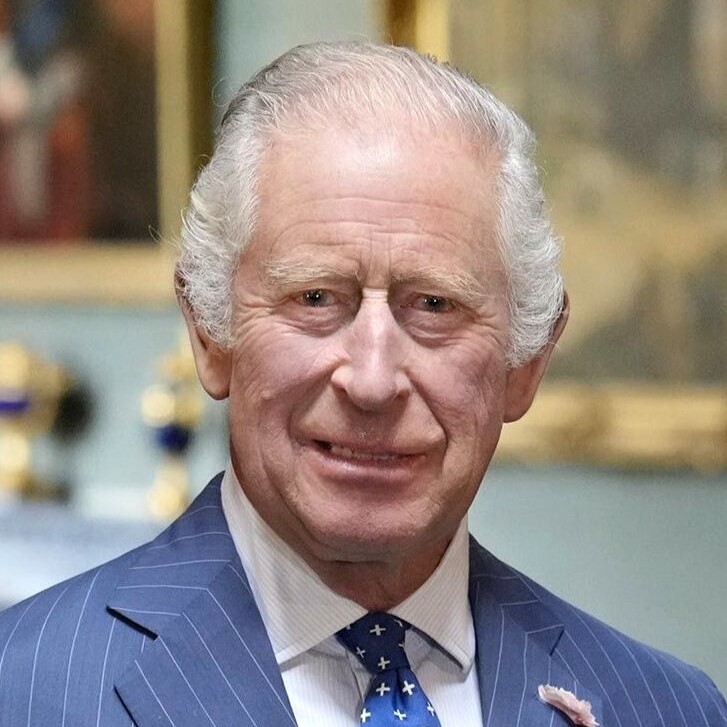Substituting NHS Doctors with Physician Associates is not Necessarily Safe

Researchers say they can find no convincing evidence that physician associates add value in UK primary care or that anaesthetic associates add value in anaesthetics, and some evidence suggested that they do not.
In a special paper published by The BMJ, Professors Trisha Greenhalgh and Martin McKee say the absence of safety incidents in a handful of small studies “should not be taken as evidence that deployment of physician associates and anaesthetic associates is safe.”
New research is urgently needed “to explore staff concerns, examine safety incidents, and inform a national scope of practice for these relatively new and contested staff roles,” they add.
Physician associates and anaesthetic associates are being introduced in the UK to work alongside doctors and nurses. They are graduates – usually with a health or life sciences degree – who complete two years of extra training, but there has been much debate about the effectiveness and safety of these new roles.
As a result, the UK government has commissioned an independent review into the scope and safety of these roles in the NHS and their place in providing care to patients.
To inform this review, the researchers trawled three electronic research databases (PubMed, CINAHL, Cochrane Library) for any studies of physician associates and anaesthetic associates in UK healthcare published between 2015 and January 2025.
In all, 52 papers were eligible (48 on physician associates, 4 on anaesthetic associates), of which 29 (all from England) met their inclusion criteria of trustworthiness, generalisability, and relevance to current UK policy.
They found that the total number of physician associates studied was very small, especially in primary care, and no studies reported direct assessment of anaesthetic associates.
Only one study, of four physician associates, involved any assessment by a doctor of their clinical competence by direct observation, and no studies examined safety incidents.
Some studies among the 29 suggested that physician associates could support the work of ward based teams and work in emergency departments when appropriately deployed and supervised in low risk clinical settings, but the number of individuals and settings studied was small, so these findings should be considered preliminary.
However, studies reported that physician associates seemed to struggle in primary care because the role was more autonomous, the case mix was more diverse, decisions were more uncertain, institutional support was more limited, and supervision arrangements were more challenging.
Patients’ views of physician associates were mostly positive or neutral, whereas staff expressed concern about physician associates’ and anaesthetic associates’ competence to manage undifferentiated, clinically complex, or high dependency patients; order scans; or prescribe. Physician associates reported a range of experiences and desired a clear role within the team.
Overall, the researchers found no evidence that physician associates add value in primary care or that anaesthetic associates add value in anaesthetics and some evidence suggested that they do not.
They acknowledge some limitations, such as not including evidence on similar roles in other countries, and stress that their findings should be interpreted in the context of the wider international evidence base. But say their focus on UK based research, detailed search and analysis of the most influential papers, and identification of gaps in existing research, provide robust conclusions to help inform this policy review.
“Very few UK studies have assessed the clinical competence and safety of physician associates or anaesthetic associates,” they write. “Findings of apparent non-inferiority in non-randomised studies may obscure important unmeasured differences in quality of care.”
In a linked editorial, Professor Kieran Walshe at the University of Manchester, asks how did the NHS end up in this mess, and what should we do about it?
He points to massive underinvestment in research on the healthcare workforce, ambiguous and largely uncosted future plans for workforce expansion, and statutory arrangements for regulating the health professions that are not fit for purpose.
“It seems likely that a messy compromise will be found to resolve the debacle over physician associates and anaesthetic associates,” he writes. But says “we need to do these kinds of workforce reforms much better in the future—both for the safety of patients and for the wellbeing of staff.”
Source: The BMJ









